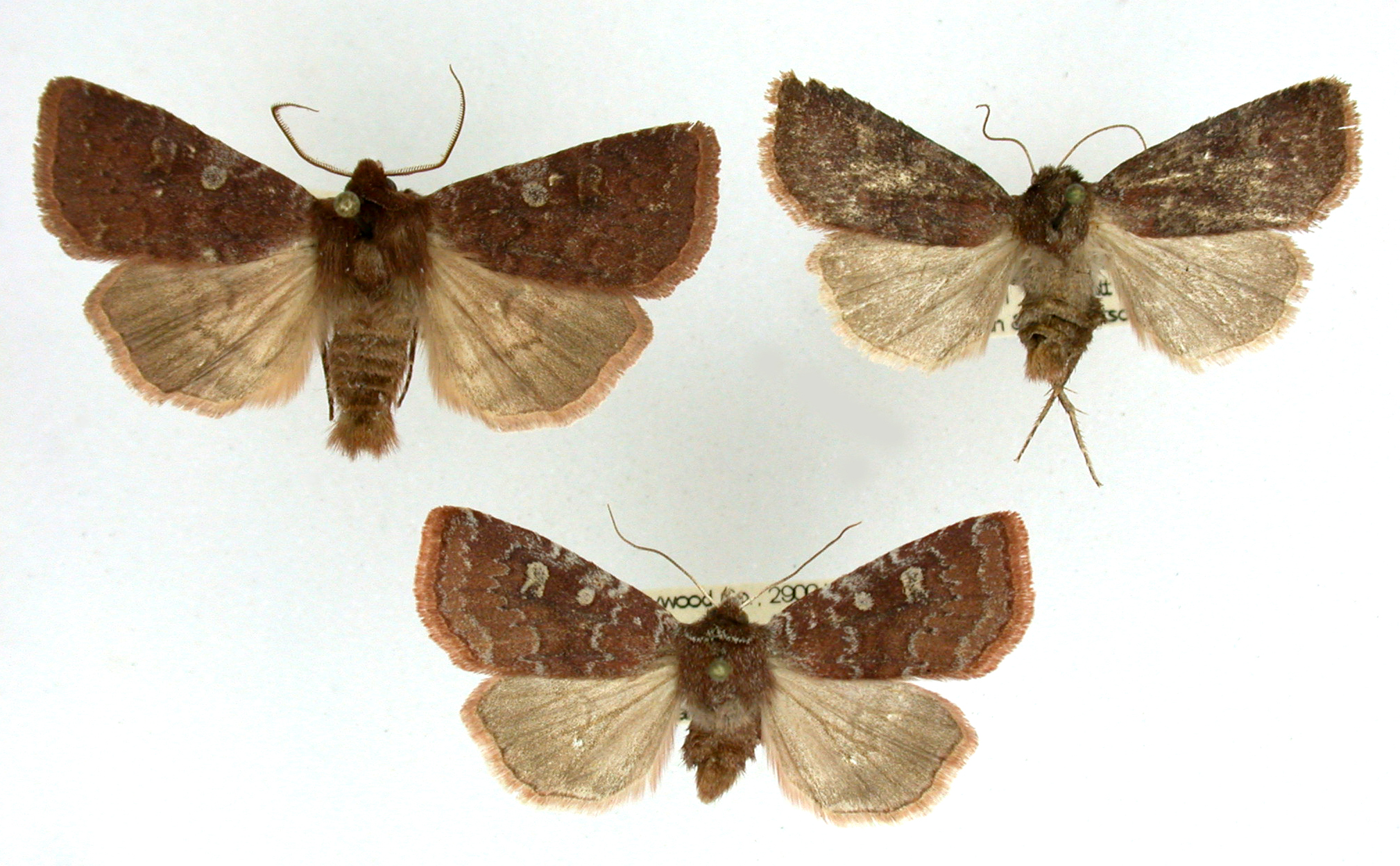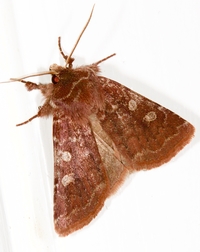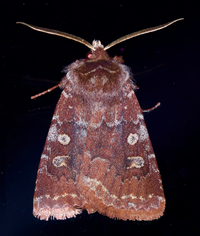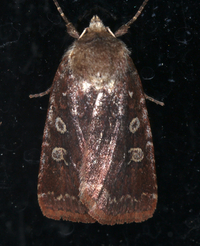
| Recorded by: Jim Petranka on 2025-03-23
Madison Co.
Comment: | 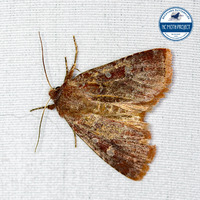
| Recorded by: Lior S. Carlson, Dean Furbish on 2025-03-19
Orange Co.
Comment: |
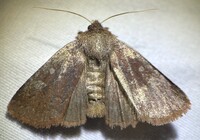
| Recorded by: Lior S. Carlson, Dean Furbish on 2025-03-19
Orange Co.
Comment: | 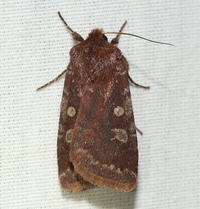
| Recorded by: David George, Steve Hall on 2025-03-15
Chatham Co.
Comment: |
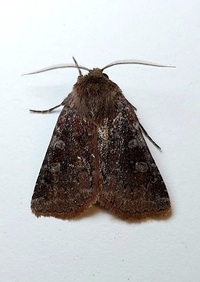
| Recorded by: Mark Basinger on 2025-03-13
Wilson Co.
Comment: | 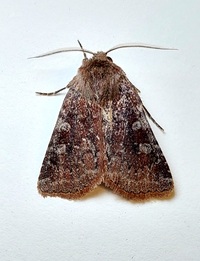
| Recorded by: Mark Basinger on 2025-03-13
Wilson Co.
Comment: |
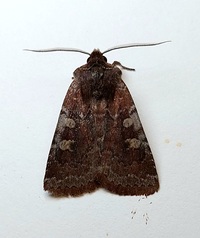
| Recorded by: Mark Basinger on 2025-03-13
Wilson Co.
Comment: | 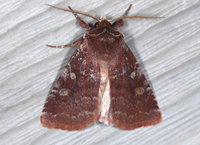
| Recorded by: Jim Petranka on 2025-03-11
Madison Co.
Comment: |
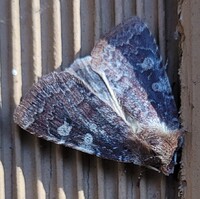
| Recorded by: Michael P. Morales on 2025-02-25
Cumberland Co.
Comment: | 
| Recorded by: Jim Petranka on 2025-02-25
Madison Co.
Comment: |
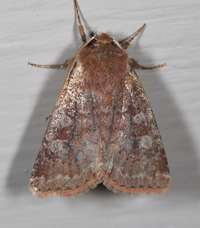
| Recorded by: Jim Petranka on 2024-03-30
Madison Co.
Comment: | 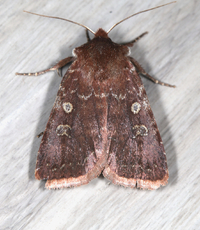
| Recorded by: Jim Petranka on 2024-03-13
Madison Co.
Comment: |
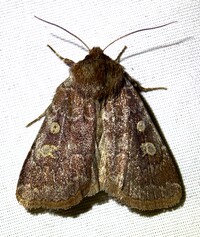
| Recorded by: Dean Furbish and Joy Wiggins on 2024-03-07
Wake Co.
Comment: | 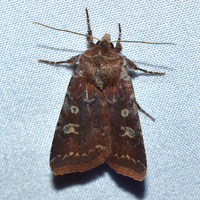
| Recorded by: David George, Jeff Niznik on 2024-03-04
Durham Co.
Comment: |
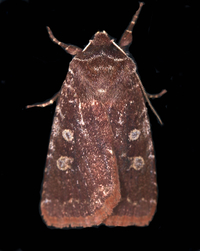
| Recorded by: Jim Petranka on 2024-03-03
Madison Co.
Comment: | 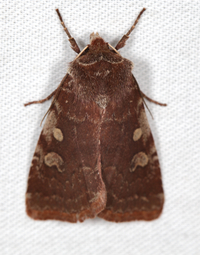
| Recorded by: Jim Petranka on 2024-02-26
Madison Co.
Comment: |
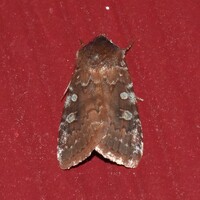
| Recorded by: Jeff Niznik on 2024-02-22
Orange Co.
Comment: | 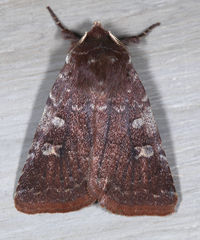
| Recorded by: Jim Petranka on 2024-02-15
Madison Co.
Comment: |
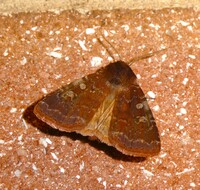
| Recorded by: Simpson Eason on 2024-02-12
Durham Co.
Comment: | 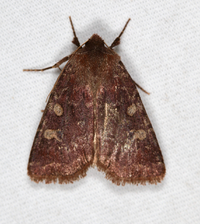
| Recorded by: Jim Petranka on 2023-03-23
Madison Co.
Comment: |
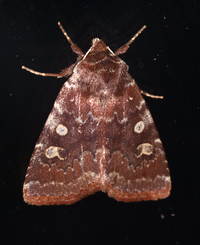
| Recorded by: Jim Petranka on 2023-03-06
Madison Co.
Comment: | 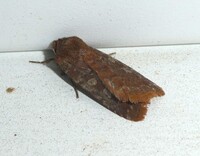
| Recorded by: Simpson Eason on 2023-03-01
Durham Co.
Comment: |
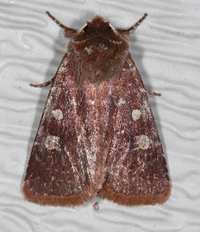
| Recorded by: Jim Petranka on 2023-03-01
Madison Co.
Comment: | 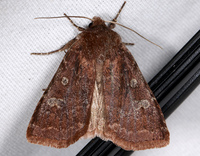
| Recorded by: John Petranka on 2023-02-28
Orange Co.
Comment: |
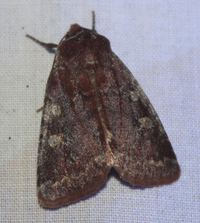
| Recorded by: Vin Stanton on 2023-02-23
Buncombe Co.
Comment: | 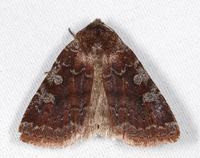
| Recorded by: John Petranka on 2023-02-23
Orange Co.
Comment: |
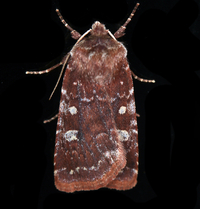
| Recorded by: Jim Petranka on 2023-02-22
Madison Co.
Comment: | 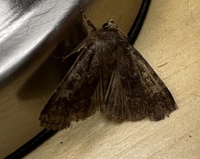
| Recorded by: Stephen Dunn on 2023-02-17
Orange Co.
Comment: |
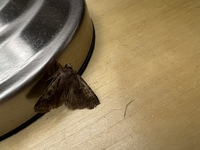
| Recorded by: Stephen Dunn on 2023-02-17
Orange Co.
Comment: | 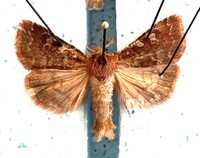
| Recorded by: Darryl Willis on 2023-02-16
Cabarrus Co.
Comment: |
|

 »
»